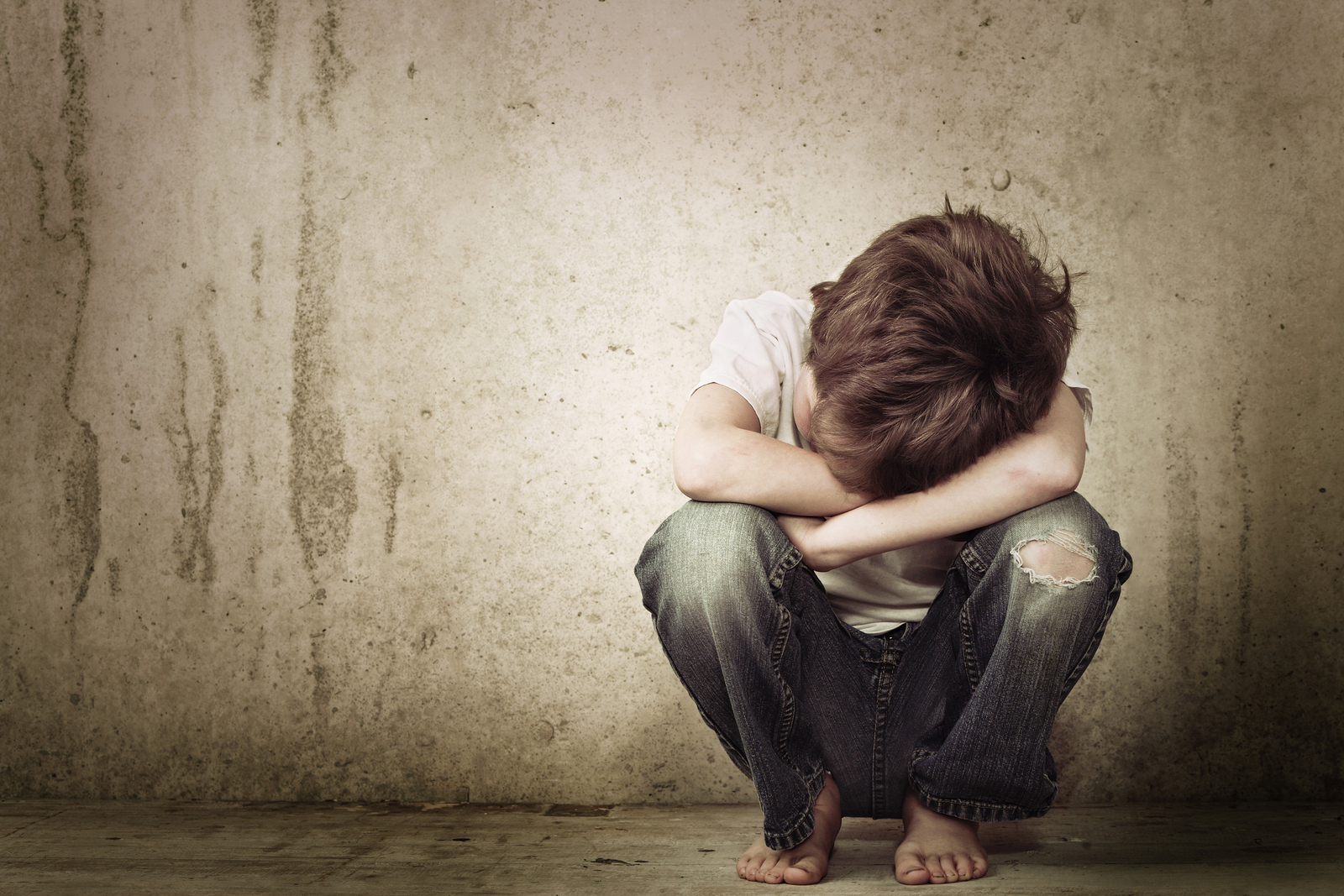 Recently there was an item in the news about a young boy who was with his drug-addicted mother and her boyfriend on a bus. They were in Camden, New Jersey. When they reached their stop the boy tried, unsuccessfully, to arouse the two adults. The man was unable to stand. The mother was unresponsive and appeared to snort something off of her wrist. One of the astonished passengers filmed the event and informed the child welfare authorities that this child was at risk.
Recently there was an item in the news about a young boy who was with his drug-addicted mother and her boyfriend on a bus. They were in Camden, New Jersey. When they reached their stop the boy tried, unsuccessfully, to arouse the two adults. The man was unable to stand. The mother was unresponsive and appeared to snort something off of her wrist. One of the astonished passengers filmed the event and informed the child welfare authorities that this child was at risk.
In Kennewick, Washington, a young boy found a bag of methamphetamine and brought it to school. He told the school resource officer that he was worried about going home. When police went to his home they found fentanyl pills and other drug paraphernalia. The boy was praised for his courage and he and his sister were placed into protective custody.
Further examples prevail. In Alabama 24-year-old Shainnetta Wright allowed her boyfriend to tattoo her toddler across the chest. Subsequently she traded her child to a dealer for drugs. In Ohio, authorities found a four-year-old in a car with two adults who had overdosed on heroin. A two-year-old in Utah died after ingesting heroin.
This type of situation is not uncommon. Many children are suffering behind an iron curtain of secrecy. Children who are old enough to speak up believe that it is their “job” to protect their caretakers by remaining silent and fear reprisal if they cry out.
When parents are in denial about the ways in which they are harming their children, it is likely that these children will be filled with self-doubt. They often feel old compared to children who are allowed a “normal” childhood. Their internalized hurt and upset turns into a silent rage. They feel shamed for harboring these feelings. Often they feel humiliated by their caretakers’ behavior.
There do not appear to be solid statistics on the number of children living in “parentless” homes. Those who enter the foster care system are fortunate if they are welcomed into a nurturing home environment. Most of the time, that is not the case.
Over 35% of children in foster care are age 5 or younger. More than 40% of children in foster care are moved to another location within the first six months of their arrival. This type of disruption interferes with the child’s ability to form stable bonds. The younger the child the greater the damage. This failure impacts relationships as the children age. Furthermore, the more often a child is moved, the less likely he/she is likely to be adopted or to return home. Upon “graduation” from foster care at 18, these children are especially vulnerable to predators such as sex traffickers.
When children who come from homes where the “protectors” are addicted to drugs and alcohol enter school, certain behaviors are clues to educators of dysfunction in the children’s environment . These behaviors include: aggressive conduct, poor concentration, below par academic achievement, and multiple deficits in social skills.
The National Association of Children of Alcoholics encourages the teaching of the seven “C’s”:
I didn't Cause it.
I can't Cure it.
I can't Control it.
I can Care for myself
By Communicating my feelings,
Making healthy Choices, and
By Celebrating myself.
Children who have the good fortune to encounter adults who are empathic and who possess sound judgment can benefit from this motto. Unfortunately, the majority of these youngsters are rarely blessed in this manner.
It is more likely that these innocents are fending off violence, sexual abuse, loneliness (they are often left alone), and coping with valid, yet, unmet needs. What they do experience is less warmth and understanding. They experience rigid and, frequently, harsh encounters. The fact that they reside with overseers whose behavior and responses are unpredictable, leave them confused about their role as “parentified” children. Who is in charge? Who will care for them? Who will keep up the household?
The outcome of this upside down world is, more likely than not, to lead to confusion regarding boundaries. As they mature, these children have few clues as to how to navigate relationships. They have no appropriate role models to show them how to healthily care for children of their own. The presence of a stable grandparent or other adult can mitigate the confusion. Many are not ever comfortable in their own skin.
Children, customarily, blame themselves for disruptive events in the household. “If I had only…”, “I shouldn’t have…”, “If I am good enough…” are sentences that neglected children run through their minds. This belief is compounded by the addict’s chemically- altered attitude that leads to the conviction that all the blame lies anywhere but within themselves.
Years of investigation have proven that when an individual succumbs to the power of mind altering substances, maturation is frozen. As the user relinquishes his/her natural strengths to chemicals, learning ceases. Those who are able to conquer these habits are required to learn how to withstand disappointments and dread without a crutch. Their withdrawal from ordinary life has left them with greatly lowered self-confidence. Some rise above, many do not.
Customized interventions that utilize input from a multi-disciplinary team can be helpful. These programs are expensive and many communities, for various reasons, do not welcome (or have faith in) this type of treatment.
Model programs, ideally, utilize hospital-based doctors and nurses. They include social workers, CPS caseworkers, judges and attorneys. They also include substance abuse treatment specialists, educators, developmental disabilities counselors, and law enforcement.
Given the stigma that exists around issues of mental health, it is hard to find support, financial and legal, for endeavors of this type. Many in today’s culture do not believe that addiction is a disease. There is a widespread conviction that the failure lies in a lack of will power and faulty moral character.
Meanwhile, thousands of children grow up with little to no guidance. The cost in terms of human welfare cannot be calculated. This understanding leads to questions of societal values. It does not appear to be demonstrable that a consensus will be achieved. Until or unless the situation is remedied abandoned children, who grow into adulthood, will be part of the legacy of the “Land of the free and the home of the “brave”.
CITATIONS
“5 Tragic Cases of Drug-Fueled Child Abuse”. Projectknow.com
“How Children Are Affected by Drug-Addicted Parents”. narconon.org
Aziz-Lessing, L (01/22/2016). “The Hidden Harms of the U.S. Foster Care System”. theconversation.com
“Preventing Drug Use Among Children and Adolescents”. drugabuse.gov
Levinson, A (06/14/2017). “Surviving the Secret Childhood Trauma of a Parent’s Drug Addiction”. psmag.com
Lo, T (05/282019). “Boy Desperately Tries to Wake Drugged up Mum on Bus Yelling ‘That’s Our Stop’” mirror.co.uk
Solis, J, Shadur, J, Burns, A, Hussong, A (2012). “Understanding the Diverse Needs of Children Whose Parents Abuse Substances”. ncbi.nim.nih.gov
About the Author

Ruth Gordon
, MA/MSW/LCSWI bring with me +30 years of experience as a clinician. My Masters degrees are from: Assumption College, Worcester, MA, Master of Arts in Psychology & Counseling/ and Boston University School of Social Work, Boston, MA, an MSW in Clinical Social Work. This is the 11th year I have written a monthly newsletter that is sent to approximately 500 individuals. The archive can be found on my website, www.foreverfabulousyou.com.
Office Location:
The OC Building, 11983 Tamiami Trail, N., Naples, FL 34110
Naples, Florida
34110
United States
Phone: 239 293-4314
Contact Ruth Gordon
Professional Website:
www.foreverfabulousyou.com